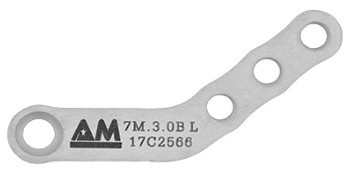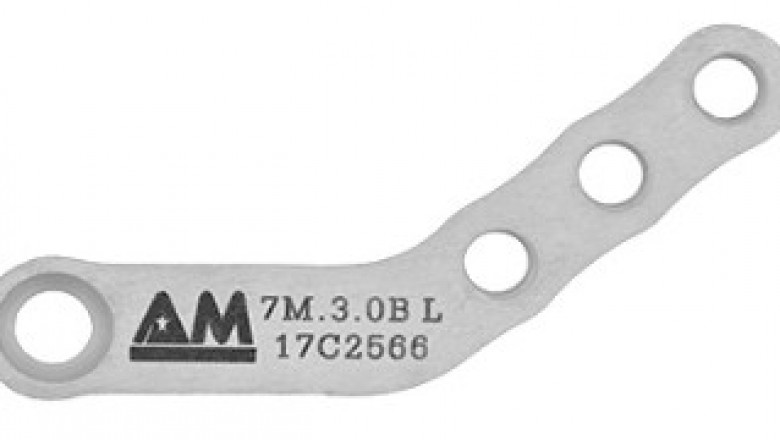views
Locking Plate for Osteosynthesis: A Reliable Solution in Veterinary Fracture Repair
In veterinary orthopedic surgery, achieving strong, stable, and biologically sound fracture fixation is key to ensuring successful recovery. One of the most advanced and effective solutions in this field is the locking plate for osteosynthesis. Unlike conventional bone plates, locking plates create a fixed-angle construct that enhances stability, even in poor-quality bone or comminuted fractures. At Ad Maiora, we recognize the value of these systems in veterinary applications and offer instruments designed for precision, safety, and superior outcomes.
1. What Is a Locking Plate in Osteosynthesis?
A locking plate for osteosynthesis is a specially designed bone plate that allows screws to lock into the plate itself, forming a rigid structure. This technology eliminates the need for plate-to-bone compression, reducing disruption of periosteal blood supply and promoting better bone healing. It’s especially useful in cases with compromised bone quality or where traditional plating would be less effective.
2. Advantages Over Conventional Bone Plates
Locking plates provide several clinical benefits in comparison to standard compression plates:
-
Improved stability in osteoporotic or fragmented bone
-
Reduced risk of screw loosening due to the fixed-angle design
-
Preservation of blood supply, aiding biological healing
-
Better load distribution, reducing implant failure
These advantages make locking plate systems a go-to choice in both small and large animal fracture management.
3. Applications in Veterinary Orthopedic Surgery
Veterinary surgeons use locking plates for osteosynthesis in a wide range of cases, such as:
-
Long bone fractures (femur, tibia, humerus)
-
Comminuted fractures, where fragments are difficult to stabilize
-
Osteoporotic bone conditions, where bone quality is poor
-
Periarticular fractures, where implant stability is critical
Their versatility and biomechanical superiority make them essential in advanced veterinary fracture repair.
4. Choosing the Right Locking Plate System
At Ad Maiora, we offer a range of locking plate systems designed specifically for veterinary needs. Key features to consider when selecting the right plate include:
-
Plate thickness and length suited to the animal's size
-
Compatibility with locking screws
-
Low-profile designs to minimize soft tissue irritation
-
Material durability, typically surgical-grade stainless steel or titanium
Our instruments are engineered to support precise surgical work, even in challenging clinical conditions.
5. Enhancing Outcomes and Recovery in Animal Patients
Using a locking plate for osteosynthesis not only makes surgery more secure but also enhances recovery outcomes. Patients benefit from:
-
Shorter immobilization periods
-
Early return to function
-
Lower rates of implant failure or revision surgeries
For veterinary professionals, this translates into higher treatment success, client satisfaction, and long-term animal well-being.
Conclusion
In modern veterinary orthopedics, the locking plate for osteosynthesis represents a major advancement in fracture fixation. Its biomechanical and biological benefits allow for stronger, safer, and more reliable healing in both routine and complex cases. At Ad Maiora, we are proud to provide high-quality locking plate systems and instruments that support excellence in veterinary surgery. With the right tools, surgeons can ensure better outcomes—every time.














Comments
0 comment